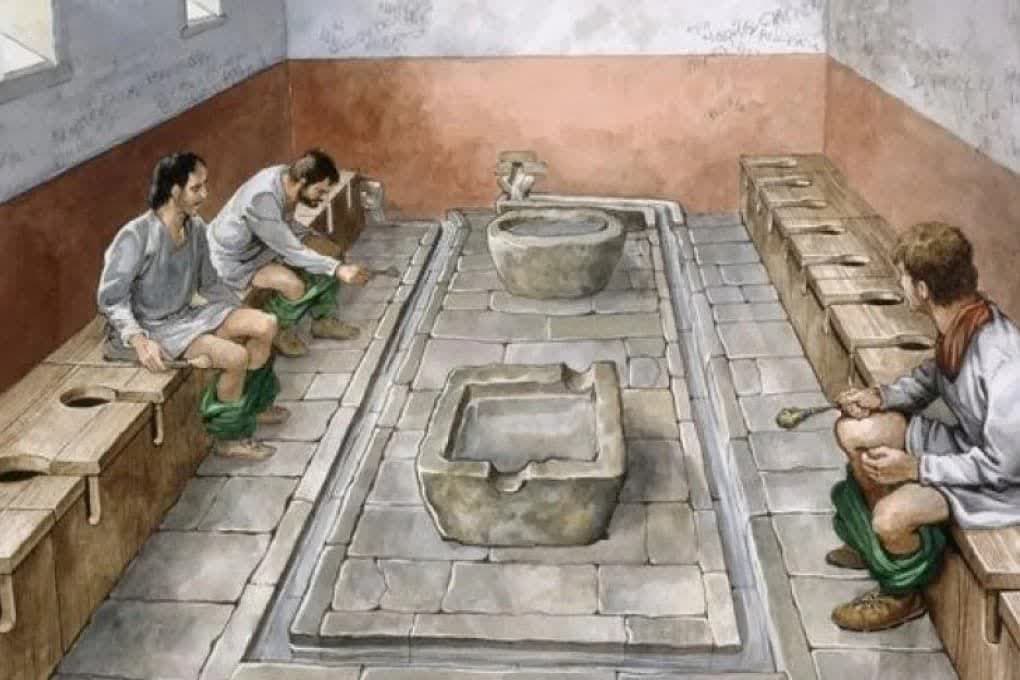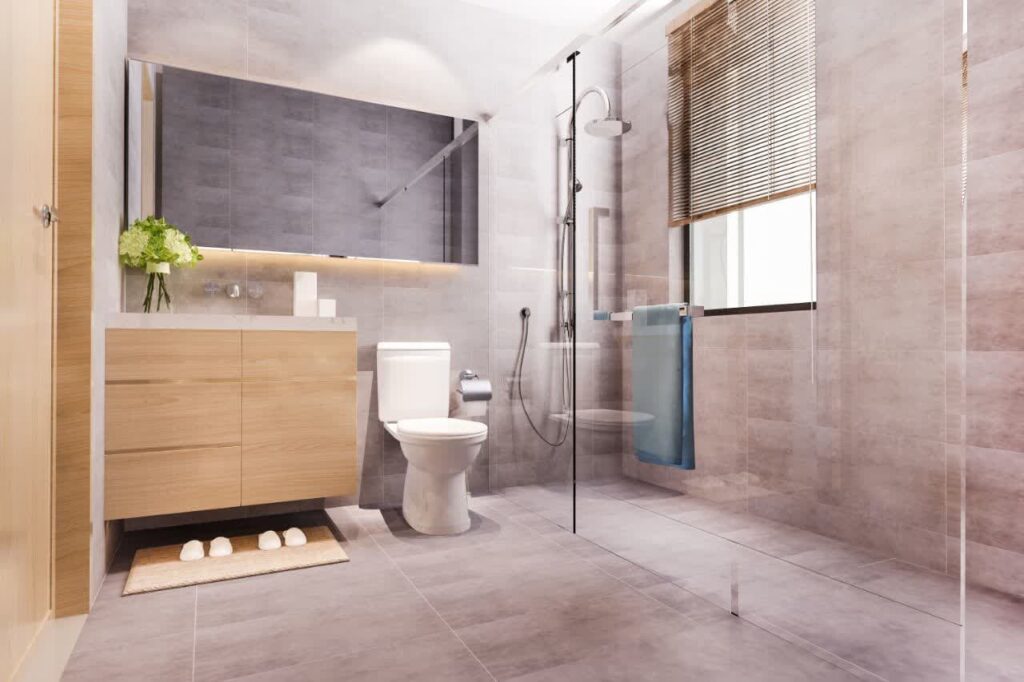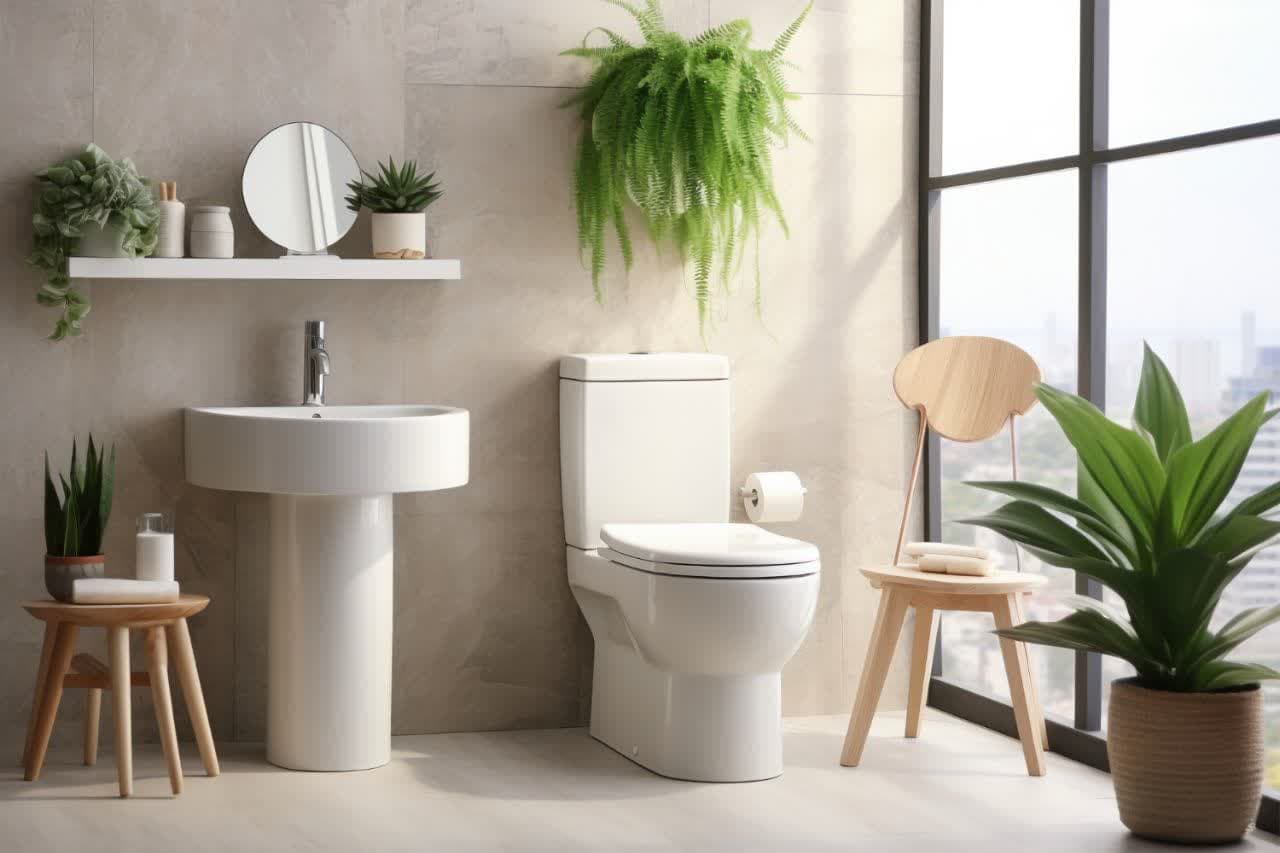The humble toilet, a cornerstone of sanitation and comfort, has undergone a remarkable evolution throughout human history. From ancient innovations that showcased early societies’ ingenuity to the modern marvels that grace contemporary bathrooms, the evolution of toilets tells a fascinating tale of technological advancements, cultural shifts, and a commitment to enhancing human well-being.
Ancient Pioneers: Early Innovations in Sanitation
The journey began in ancient civilizations where early innovators devised rudimentary yet effective sanitation solutions. Ancient Egyptians, for instance, utilized simple drain systems and seated latrines to manage waste. The ingenuity of the Romans is evident in their development of intricate sewer systems, public toilets, and aqueducts that facilitated water flow for hygiene purposes. These ancient advancements laid the groundwork for the evolving concept of personal and public sanitation.

Medieval Marvels: From Chamber Pots to Castle Garderobes
During the medieval period, toilets took on various forms, adapting to the architectural and social contexts of the time. The use of chamber pots was commonplace, providing a practical but somewhat primitive means of waste disposal. In grand castles, garderobes—secluded chambers often protruding from the castle walls—featured chutes that allowed waste to drop into moats or designated areas. While these medieval toilets may seem rudimentary by today’s standards, they reflect the medieval commitment to separating waste from living spaces.

Revolutionizing Comfort: Modern Toilets and Beyond
The industrial revolution and subsequent technological advancements marked a turning point in toilet design. The invention of the flushing toilet by Sir John Harington in the 16th century laid the groundwork for further innovations. However, it was in the 19th and 20th centuries that toilets underwent significant transformations. The widespread adoption of flush toilets, the incorporation of porcelain for hygiene, and the integration of water tanks for efficient flushing revolutionized the way societies approached sanitation. In recent decades, technological enhancements such as self-cleaning toilets, bidets, and water-saving designs have elevated the modern toilet to a pinnacle of comfort, efficiency, and environmental consciousness.
The Future Beckons: Sustainable Solutions and Smart Toilets
As we navigate the 21st century, the focus on sustainability and technology continues to shape the evolution of toilets. Water-saving technologies, dual-flush mechanisms, and the integration of smart features in toilets contribute to a more environmentally conscious and user-friendly experience. The evolution of toilets reflects not only technological progress but also a cultural shift towards prioritizing comfort, hygiene, and sustainability in our daily lives.

Hygienic Benefits and Drawbacks of Toilets
The advent of toilets has undoubtedly brought about transformative hygienic benefits, yet it is essential to acknowledge certain drawbacks associated with their production and use. Striking a balance between the positive contributions to sanitation and the challenges encountered is crucial for understanding the overall impact of toilets on public health and environmental sustainability.
Hygienic Benefits
Disease Prevention and Public Health
Toilets play a pivotal role in disease prevention and public health. By providing a designated and contained space for waste disposal, toilets significantly reduce the risk of waterborne diseases and the spread of infections. This contributes to improved community health and well-being.
Environmental Protection
Properly designed and maintained toilets, especially those with efficient flushing systems, help in minimizing environmental contamination. Adequate waste disposal prevents the release of harmful pathogens into water sources, safeguarding ecosystems and preserving water quality.
Personal Hygiene and Comfort
Toilets contribute to personal hygiene and comfort. The availability of amenities such as toilet paper, running water, and handwashing facilities enhances the overall hygiene experience, promoting cleanliness and comfort for individuals.
Drawbacks
Resource Consumption and Environmental
The production and use of toilets can have environmental drawbacks, especially in terms of resource consumption and waste generation. The manufacturing process, including the extraction of raw materials and energy usage, contributes to the environmental footprint. Additionally, issues related to the disposal of non-biodegradable components in toilets pose challenges for waste management.
Infrastructure Challenges
In certain regions, particularly in developing countries, the implementation of toilet infrastructure faces challenges. Limited access to sanitation facilities and inadequate infrastructure maintenance can compromise the hygienic benefits of toilets. Unequal distribution of toilets can exacerbate social and economic disparities.
Chemical Usage and Water Concerns
The use of chemical cleaners in toilets and the substantial water consumption during flushing contribute to environmental concerns. Chemical residues can impact water quality, and excessive water usage in toilets contributes to freshwater scarcity, particularly in regions facing water stress.
Striking a Balance
While acknowledging the drawbacks, it is crucial to recognize that ongoing advancements in toilet technology, such as water-saving mechanisms and sustainable materials, aim to address these challenges. Implementing eco-friendly practices in toilet design, promoting water conservation, and ensuring equitable access to sanitation facilities contribute to mitigating the drawbacks associated with making and using toilets.
Conclusion
In conclusion, the hygienic benefits of toilets in disease prevention, environmental protection, and personal comfort are significant. Addressing the drawbacks involves embracing sustainable practices, technological innovations, and a commitment to global initiatives that prioritize access to sanitation for all while minimizing the environmental impact of toilet production and use.
In tracing the evolution of toilets, from ancient civilizations to contemporary innovations, we gain insight into the dynamic interplay of culture, technology, and human ingenuity. The modern toilet stands as a testament to our ongoing commitment to improving the quality of life through innovative solutions that enhance sanitation, comfort, and environmental responsibility.

